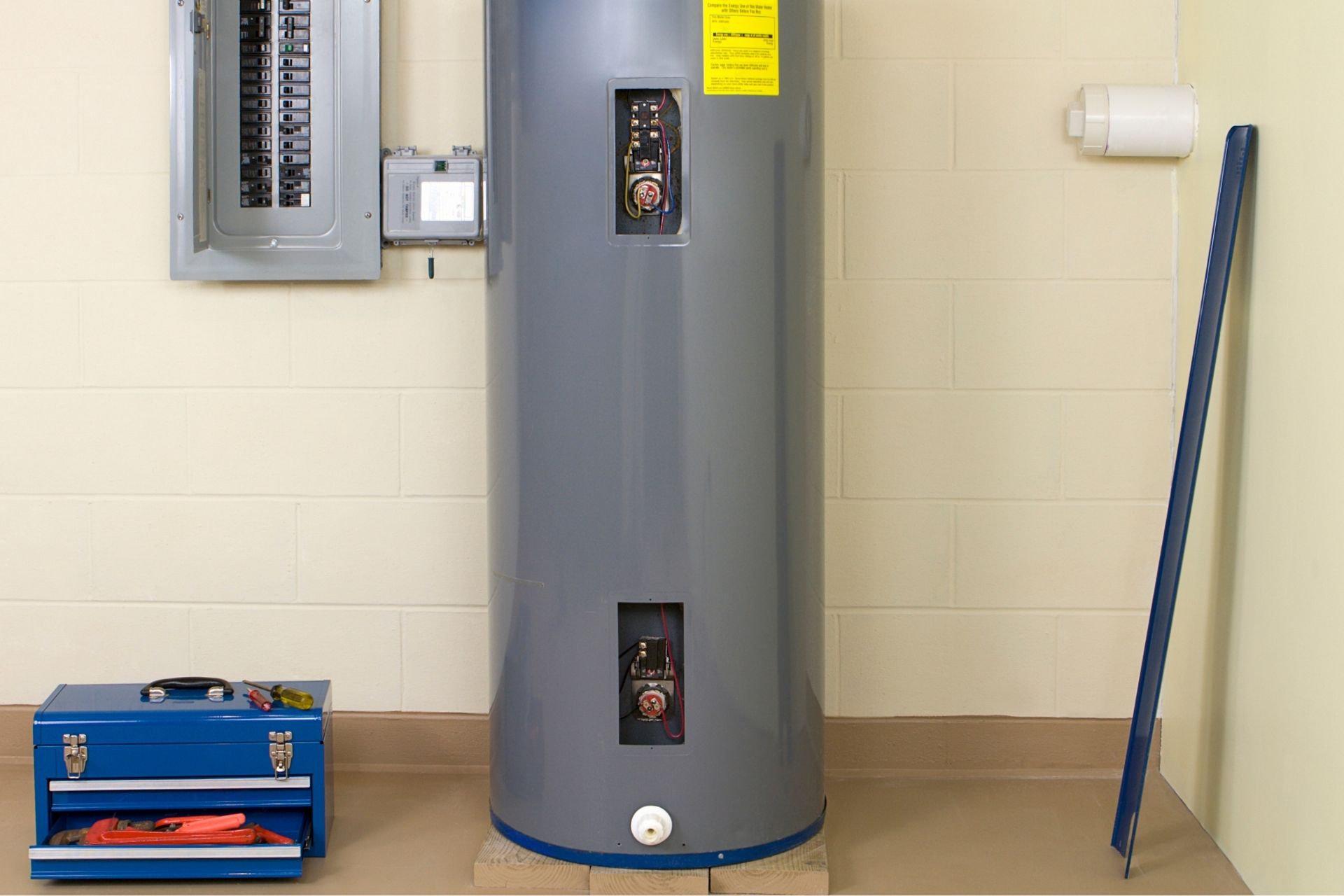Professional Tips on Maintaining Your Home's Hot Water System
Professional Tips on Maintaining Your Home's Hot Water System
Blog Article
This great article below on the subject of What Kind of Maintenance Do Water Heaters Need? is totally captivating. Don't miss it.

Warm water is necessary for daily convenience, whether it's for a rejuvenating shower or washing recipes. To ensure your warm water system runs effectively and lasts longer, normal upkeep is key. This write-up offers practical ideas and insights on just how to preserve your home's warm water system to prevent disruptions and pricey repair work.
Intro
Preserving your home's hot water system may seem overwhelming, however with a couple of easy actions, you can ensure it runs smoothly for years to find. This guide covers whatever from understanding your warm water system to DIY maintenance tips and understanding when to call in expert help.
Value of Keeping Your Hot Water System
Normal maintenance not just extends the life expectancy of your warm water system however additionally ensures it runs efficiently. Overlooking upkeep can result in lowered efficiency, higher power bills, and also early failure of the system.
Indications Your Warm Water System Needs Upkeep
Recognizing when your hot water system requires focus can avoid significant concerns. Look out for indications such as irregular water temperature, odd sounds from the heater, or rustic water.
Purging the Hot Water Heater
Flushing your water heater eliminates debris accumulation, improving efficiency and prolonging its life.
Checking and Replacing Anode Rods
Anode rods stop rust inside the storage tank. Checking and changing them when broken is critical.
Facility Concerns Requiring Professional Help
Examples include significant leakages, electric troubles, or if your hot water heater is continually underperforming.
Regular Specialist Upkeep Conveniences
Specialist upkeep can include comprehensive inspections, tune-ups, and ensuring compliance with safety criteria.
Evaluating and Readjusting Temperature Level Setups
Changing the temperature settings ensures optimal efficiency and security.
DIY Tips for Maintenance
You can execute numerous upkeep tasks yourself to keep your warm water system in leading condition.
Checking for Leaks
Regularly check pipes and links for leakages, as these can cause water damages and greater expenses.
Comprehending Your Hot Water System
Before diving into maintenance jobs, it's handy to recognize the standard parts of your warm water system. Normally, this consists of the water heater itself, pipes, anode rods, and temperature controls.
Month-to-month Upkeep Tasks
Normal regular monthly checks can help catch small concerns prior to they intensify.
Evaluating Pressure Relief Valves
Examining the stress safety valve ensures it functions correctly and protects against too much pressure buildup.
Insulating Pipelines
Protecting hot water pipes lowers warmth loss and can save energy.
When to Call a Specialist
While do it yourself maintenance is advantageous, some issues call for expert knowledge.
Conclusion
Normal upkeep of your home's hot water system is essential for performance, durability, and cost financial savings. By complying with these tips and recognizing when to look for professional aid, you can make sure a dependable supply of warm water without unforeseen disruptions.
Water Heater Maintenance Tips
Test the TPR Valve
Shut off the power and the cold-water supply valve. Place a bucket under the pipe connected to the temperature-pressure-release (TPR) valve on the top or side of the tank. (This valve opens if the tank pressure gets too high.) Lift the valve’s tab to let some water out, then let go. If water keeps flowing, drain the tank partway, unscrew the old valve with a pipe wrench, and install a new one. Check the Anode Rod
Put a hose to the tank’s drain cock and let out a few gallons of water. Now fit a 1 1/16-inch socket onto the rod’s hex head on top of the heater (or under its top plate) and unscrew the rod. If it’s less than ½ inch thick or coated with calcium, buy a new one, wrap its threads with Teflon tape, put it back in the tank, and tighten securely. Use this segmented rod if headroom above the tank is limited. Drain the Tank and Wash Out Sediment
Drain the remaining water in the tank into the bucket, then stir up the sediment on the tank’s bottom by briefly opening the cold-water supply valve. Drain and repeat until clean water comes out of the hose. Close the drain cock, refill the tank, and turn its power back on. Adjust the Temperature
Find the temperature dial on the side of the tank and unscrew its cover. Adjust the dial to 120 degrees using a flathead screwdriver. For every 10 degrees the temperature is lowered, you can expect to save up to 5 percent in energy costs. Turn the water heater off or the thermostat down to its lowest setting if you plan to be away from home for more than three days. Insulate the Pipes
Buy some self-sticking 3/8-inch-thick foam pipe insulation that matches the pipes’ diameter. Slide the foam over the hot-and cold-water pipes as far as you can reach. Insulating the cold-water pipe prevents condensation in summer. Peel the tape and squeeze the insulation closed. If the pipe is 6 inches or less from the flue, cover it with 1-inch-thick unfaced fiberglass pipe wrap. https://www.thisoldhouse.com/plumbing/21016402/how-to-maintain-a-water-heater

I'm certainly very serious about Tips For Maintaining Your Hot Water Heater and I am assuming you appreciated our blog posting. Enjoyed our article? Please quickly share it. Let another person discover it. Kudos for your time. Revisit us soon.
Estimate Free Report this page